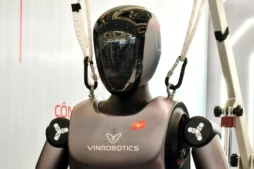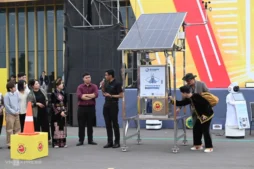Is LK-99 a Superconductor After All? New Research and Updated Patent Say So
Earlier this month, the science community was abuzz with news of a possible breakthrough: a substance called LK-99 that’s alleged to be a room-temperature superconductor. Discovered by Lee Sukbae and Kim Ji-Hoon from Korea university, the material would be a game changer for everything from power delivery to super computers, if it works as advertised. However, after a number of scientists tried and failed to reproduce Lee and Kim’s’ findings, the world seems to have moved on.
But the field of superconductors is a fast-changing one. Newly-published, pre-print theoretical research generally continues to support LK-99 as having the properties required to become a superconductor; and now, internet sleuths have discovered a Korean-language update on the original LK-99 patent. This document presents further details (and also new questions) regarding the synthesis process, even as the original Korean authors reaffirm the significance (and veracity) of their discovery.
Unfortunately, what we’re still left with is an incomplete picture of LK-99 – one that will seemingly require much more effort in understanding than some would lead us to believe. But the paper does have what’s required: a graph plotting LK-99’s resistivity. Crucially, the graph says it does drop to zero.
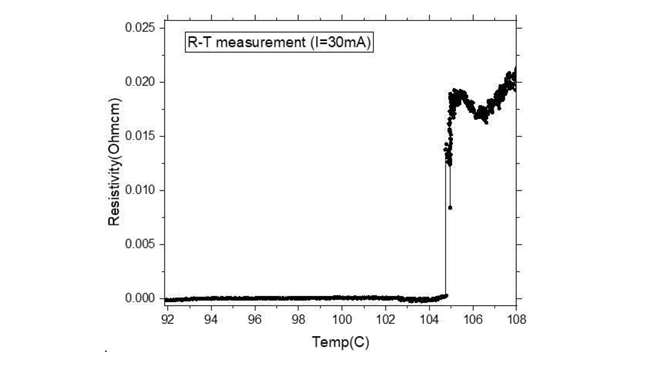
Let’s start with the updated patent itself, which describes two techniques to synthesize the relevant, superconducting bits in LK-99. One of those techniques is one we know already: solid state synthesis is the process we followed across the internet, and the one being used by most scientists attempting to replicate the original paper’s really bad recipe. It involves reacting the different compounds within LK-99 in order to obtain a crystal-like final compound of copper-doped lead apatite (mixing lanarkite and copper phosphide, themselves compounds made from reacting lead oxide with lead sulfide and reacting copper with phosphorous, respectively).
There were already a number of problems with the actual recipe, but the updated patent throws yet another wrench in the equation by suddenly including Si (the silicon we know and love) within the mixture. It’s also unclear how silicon got there and how relevant it is for the superconduction itself (if it’s relevant for that at all, which currently doesn’t seem like it is). There does seem to be a pattern in which the original Korean team led by Lee Sukbae isn’t able to provide good documentation. In fairness, it’s also possible that crucial details are simply lost within the bowels of machine translation, or to the speed at which they’ve seemingly put everything together.
At the same time, the authors admit that yes, the resulting lead-apatite compound is typically an insulator (which prevents electrical current from coursing through it, the exact opposite of what we’re trying to achieve here). But they also reiterate that copper doping – which leads to lead atoms being replaced with copper atoms within LK-99 – is key to unlock the claimed superconductivity capability (oxygen atoms are also important, it seems). We already covered this possibility in more detail here, as well as the issue with yield (the proportion of superconducting material produced through the synthesis process). According to the updated patent, Lee’s team saw samples with a ratio of 48.9% superconductive lead apatite; 40% of non-superconductive lead compounds; and copper compounds (11.1%).
This coexistence between superconductive and non-superconductive compounds may be the reason why certain LK-99 internet videos (if legitimate LK-99) showcased a phenomenon dubbed flux pinning, where external magnetic fields are able to penetrate the superconductor compound through the parts of it that aren’t superconductive (everything that isn’t lead-apatite), pinning it in place.
But it seems that solid state synthesis wasn’t how Lee’s team discovered the (alleged) emergent superconductivity of LK-99. This was done through a technique known as vapor deposition; through it, the same compounds were reacted, but instead of the objective being to end up with an LK-99 crystal, the technique instead allows for the reaction’s vapors to collect against a glass structure, creating a thin film of the compound. According to Sukbae and his team, this film is forged in the 100 degrees Celsius – 400 degrees Celsius temperature range (with a black film of lead sulfide (PbS) in the lower temp area, a white film of lanarkite (Pb2SO5) in the higher temp area, and a gray film of lead appatite in the intermediate area.
It’s from this gray lead-apatite, micron-thick film that the authors insist room-temperature, ambient-pressure superconductivity emerges. The authors also pre-emptively refer state that impurities of iron (Fe) and other elements also emerge from the synthesis process, and that these impurities are well-known sources of ferromagnetism and diamagnetism – some of the features other studies have already encountered and replicated.
But it may have been premature to consider those results as proof that LK-99 is a dud. According to the authors, these magnetic features make it more difficult to see the actual Meissner Effect in action, with less cautious onlookers assuming that LK-99’s levitation capabilities ended at those types of magnetism.
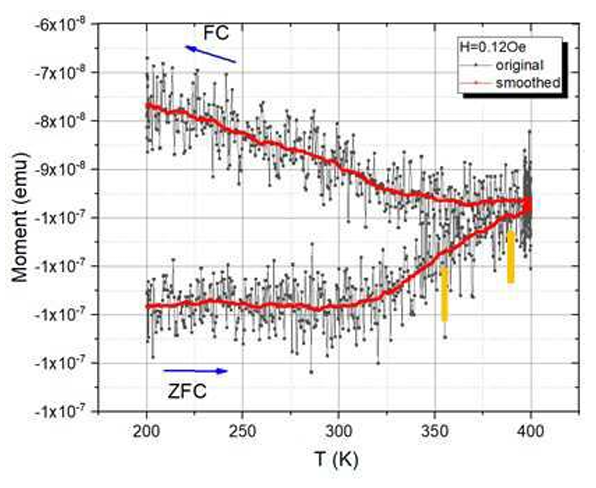
The precise method to identify and measure the Meissner Effect’s telltale repulsion of external magnetic fields lies in applying a very low magnetic field with what’s called a Superconducting Quantum Interference Device (SQUID). If done while heating and cooling LK-99, the SQUID will then be able to detect the Meissner Effect as it emerges within LK-99’s superconducting state: within two of its three critical temperature phase transitions. These phase transitions themselves correspond to changes in the material’s structure that then allow superconductivity (the ordered and resistivity-less movement of electrons) to occur.
Which brings us to the latest paper from Vayssilov et al at Sofia University, which also suggests that LK-99 could have the required properties to become a superconductor (do note that once again, there’s no mention of room-temperature or ambient-pressure). The general idea presented in the paper is that there are two ways that could happen: by removing certain oxygen atoms from their places, potential highways for superconductivity appear, with space that was previously occupied by atomic nuclei now being open for electron pairs (the so-called Cooper pairs) to skirt around. Another proposal from the paper is that this same effect can be achieved through the Cu doping we’ve talked about.
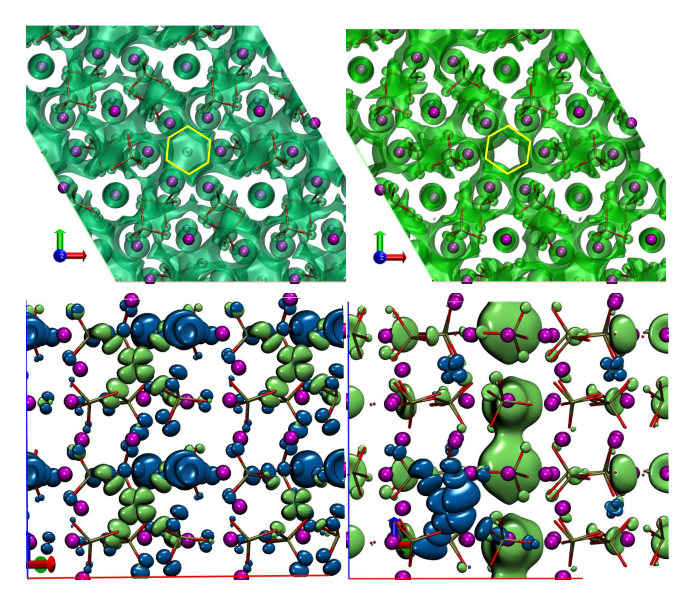
Following this LK-99 saga, there’s also been a few articles posted to Arxiv that don’t necessarily deal with LK-99 itself, but with certain systematic errors and incomplete knowledge on magnetism surrounding superconductor research and the theory applied to reach (supposedly correct) results.
The authors say that they have run LK-99 through a scanning electron microscope in all of its phases as they occur in both production outputs (the film from vapor deposition and the compound from solid state synthesis). According to them, it’s easier to measure and replicate LK-99’s superconductivity results in the film-like material.
With the authors’ description of how to detect the Meissner effect now published, additional researchers may apply this new knowledge to their replication attempts. Whether or not that will result in any positive replications – and whether that will come sooner rather than later – remains to be seen.
